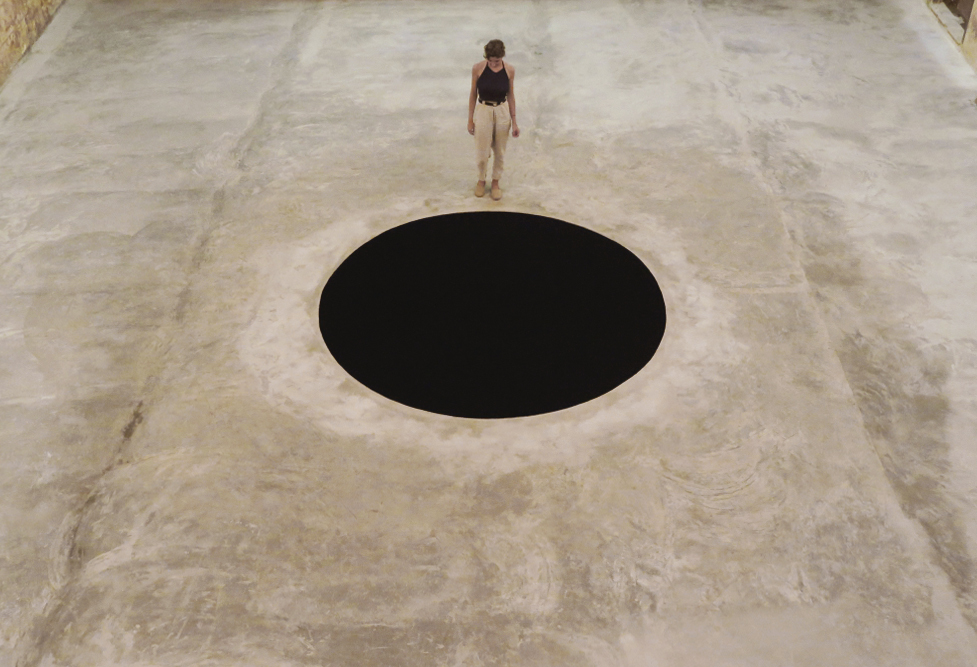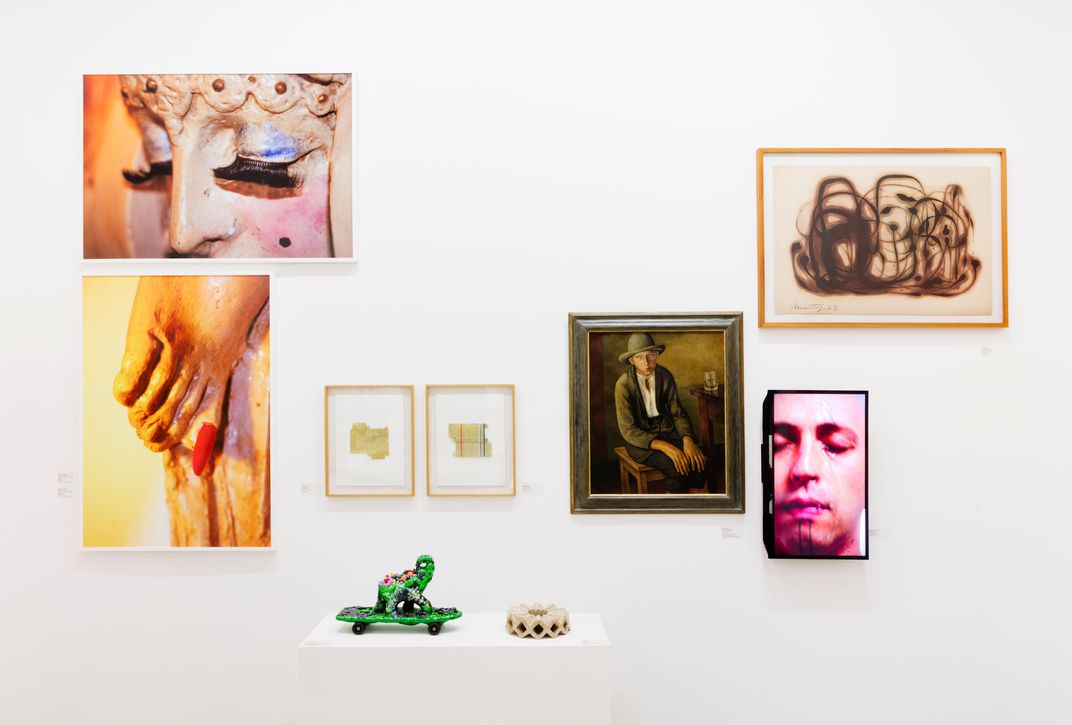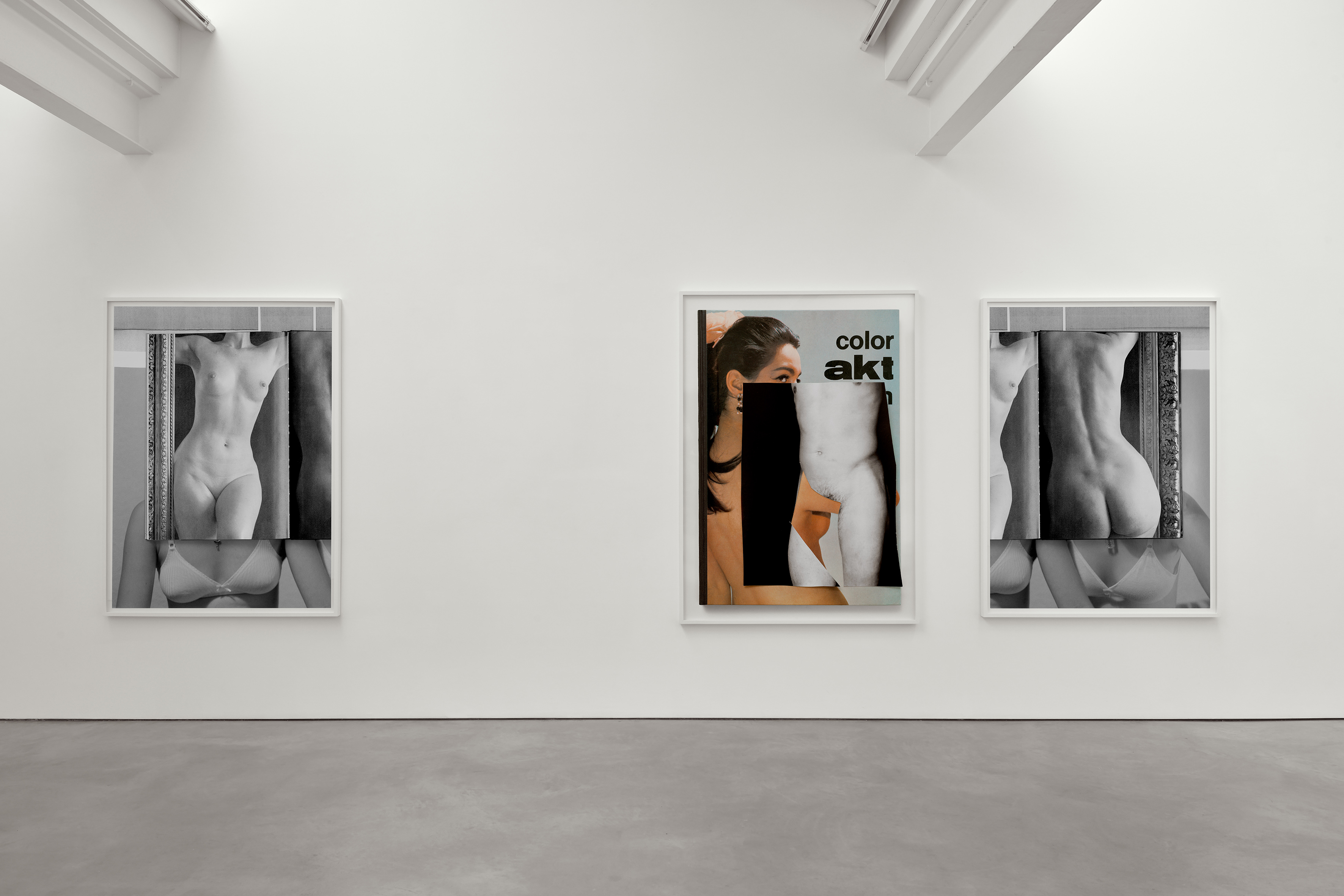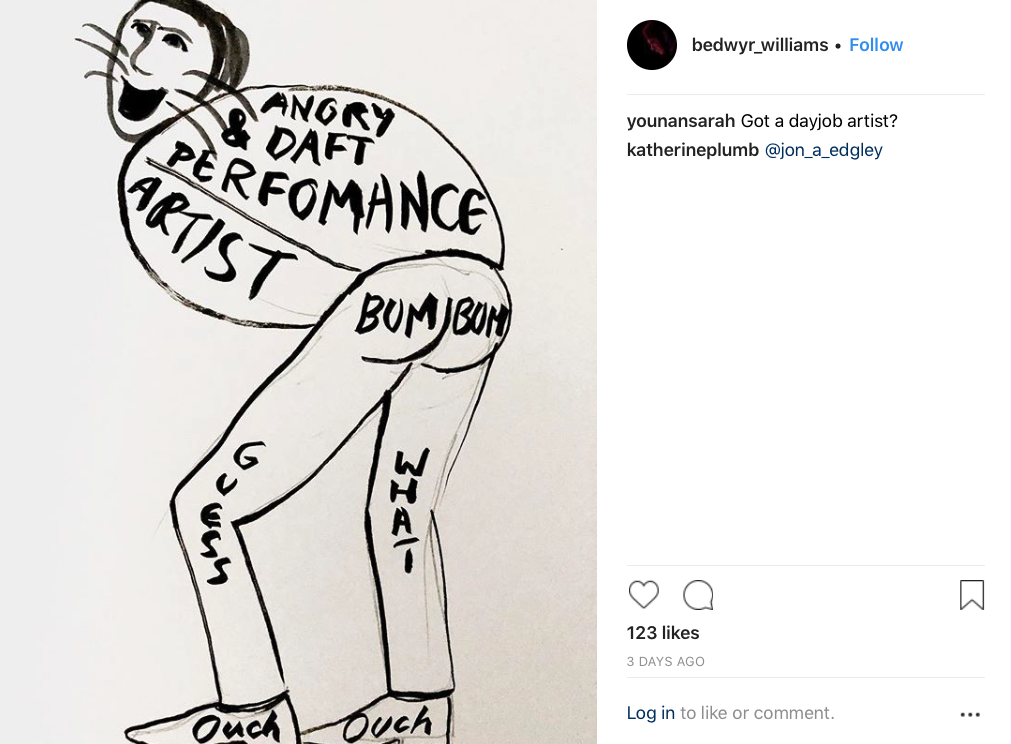
What We Learned This Week
Anish Kapoor is well-known for his monumental sculptures that appear to distort the space around them, but one work might have been just a touch too effective in its illusory effects. A visitor to the artist’s installation Descent into Limbo at the Serralves Museum in Porto, Portugal, found themselves tumbling down the eight-foot hole. The piece was on display as part of a wider survey of Kapoor’s work, his first in Portugal. The piece is comprised of a concrete room measuring about two metres square, at the centre of which is a circular pit with its sides painted black.
Meanwhile, in Brussels, a brand new commemoration for René Magritte and one of his best-known works has been announced, as a street is to be named in his honour. Ceci n’est pas une rue (This is not a street) was selected following an open call for suggestions from the public. It completes a city already packed with Magritte-themed merchandise, in an ode to their most famous surrealist. The new streets will be part of a redeveloped area around Tour & Taxis, where the international fair Art Brussels is held each year.

A public vote of confidence has just reinstated a censored group exhibition of queer art in Rio de Janeiro, following a successful crowdfunding campaign that drew over £200,000 of donations in support of the show. It is one of Brazil’s first major exhibitions on queer art, featuring 214 works by eighty-two artists, including Adriana Varejão and Lygia Clark, but was closed last year after right-wing protests against its first iteration at the Santander Cultural Center in Porto Alegre. Named Queermuseu: Cartographies of Difference in Brazilian Art, the show has now travelled to the School of Visual Arts in Rio’s Parque Lage, where it drew record-breaking crowds on its opening weekend .
The marginalization of artists also hit the headlines this week following a report on working conditions for creatives in Berlin, which revealed a stark gender pay gap and underrepresentation for women. Carried out by the Institute of Strategy Development (IFSE) and the Professional Association of Visual Artists Berlin, the report found that male artists earn 28 per cent more than female artists, while at the most recent Gallery Weekend Berlin there was 40 per cent more work shown by men than women. The findings follow a recent report by the Freelands Foundation on the UK art world, which we explored in a recent piece on the growth in popularity of female-only exhibitions.

Finally, a high-profile artist, Trevor Paglen, came under fire this week online when he announced his plans to send a mirrored artwork into space. Titled Orbital Reflector, it is set for take-off as part of his current exhibition at the Nevada Museum of Art, described as a “satellite [that] will have no commercial, military, or scientific purpose”. However, astronomers have voiced their frustrations about the piece, arguing that it will cause light pollution and could obstruct important observations in space, and calling it “junk” and “shiny crap”.
Exhibition of the Week

Collier Schorr, In Front of the Camera, Stuart Shave/Modern Art London
Pictures torn from magazines are the starting point for Collier Schorr’s solo show at Stuart Shave/Modern Art’s Helmet Row location in London, recalling teenage moments of aspiration and desire, of pinups and posters roughly stuck on bedroom walls with Blu Tack. Schorr is known as a fashion photographer in her own right; shooting intimate portraits of her subjects, she celebrates the nude male and female body alike in arresting images that find beauty beyond sexualization. In this exhibition, large-scale photographs are ripped and layered before being photographed once more, in a looped process that is reflective of her sensitive approach to the camera. In it, she asks what it means to truly possess an image at all.
Quote of the Week
Instagram Account of the Week

Bedwyr Williams (bedwyr_williams)
Bedwyr Williams‘s illustrations are a sharp and witty jab at the stereotypical cast of characters populating today’s art world. But the expressive ink drawings also address the dark underbelly of contemporary art culture: revealing a world of helpless poorly-paid and poorly-treated assistants, the precarity and letdowns of the gig economy, and sexual abuse from elder artistic “mentors”, among other taboo subjects.





